Common comfrey (Symphytum officinale), also known as Consound, Cultivated Comfrey, Knitbone, Quaker Comfrey, Slippery-Root, and True Comfrey, is a hardy perennial plant belonging to the Boraginaceae family. Native to Europe and Western Asia, it thrives in a range of environments, including moist soils and drought-affected areas. Remarkably resilient, this ground cover plant can regenerate even from small root fragments left in the soil.
Comfrey is well-suited for hardiness zones 4 through 8 and is particularly common in regions like Ireland and Britain. Despite its practical uses, it is important to note that the plant is toxic if ingested.
| Common name | Comfrey, Common Comfrey, Consound, Cultivated Comfrey, Knitbone, Quaker Comfrey, Slippery-Root, True Comfrey |
| Botanical name | Symphytum officinale |
| Family | Boraginaceae |
| Species | officinale |
| Origin | Europe, W. Asia |
| Life cycle | Perennial |
| Plant type | Ground Cover |
| Hardiness zone | 4, 5, 6, 7, 8 |
| Sunlight | Full Sun |
| Maintenance | Medium |
| Soil condition | Clay |
| Soil ph | Acid |
| Drainage | Well-Drained |
| Growth rate | Fast |
| Spacing | 12 in. – 3 ft. |
| Flowering period | Spring |
| Height | 1 ft. – 3 ft. |
| Flower color | Pink |
| Leaf color | Green |
| Stem color | Green |
| Leaf benefit | Fragrant |
| Flower benefit | Showy |
| Garden style | Cottage Garden |
| Uses | Container |
I. Appearance and Characteristics
Symphytum officinale is a perennial flowering plant in the family Boraginaceae. Along with thirty four other species of Symphytum, it is known as comfrey. To differentiate it from other members of the genus Symphytum, this species is known as common comfrey or true comfrey. Other English names include boneset, knitbone, consound, and slippery-root. It is native to Europe, growing in damp, grassy places. It is locally frequent throughout Ireland and Britain on river banks and ditches.
It occurs elsewhere, including North America, as an introduced species and sometimes a weed. The flowers are mostly visited by bumblebees. Internal or long-term topical use of comfrey is discouraged due to its strong potential to cause liver toxicity.
Comfrey is found in moist grasslands or along riverbanks and ditches in western Asia, Europe, and North America. It is a perennial herb that is cold hardy down to −35 °C (−31 °F) and drought-tolerant. The plant can grow 1–5 feet (0.3–1.5 m) tall with branched, strongly winged stems. The root system has a pronounced, deep-reaching (up to 1.8 metres) taproot. The internally white roots are covered with black bark. Above ground the plant is covered in long, downward-pointing, tapering hairs that are bristly on the stems and softer on the leaves.
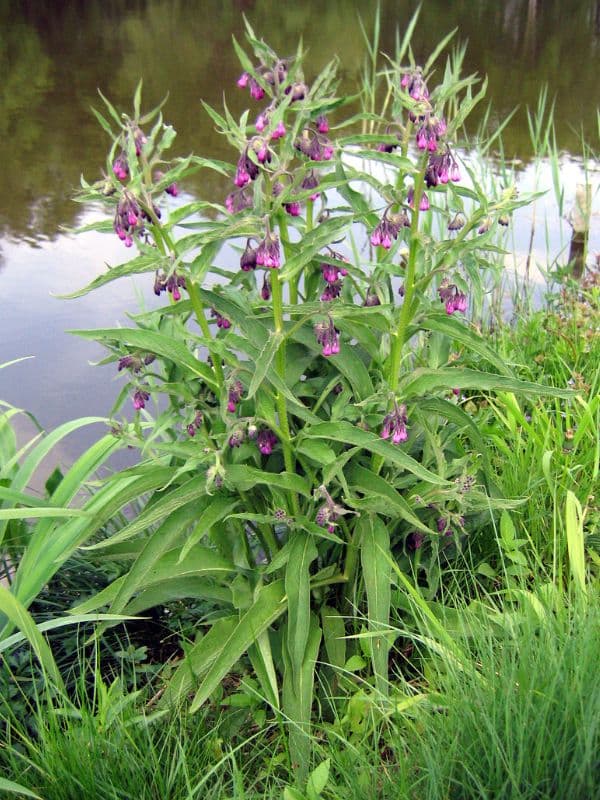
Along the erect stems grow large simple, mostly stalked leaves in an alternate pattern. They are oval-lanceolate and 4 to 25 centimetres long. In the upper parts they are narrower, without stalks, and with margins that extend down the stems. The chromosome count is 2n = 24, 26, 36, 40, 48 or 54.
Inflorescence and fruit
The plant flowers from May to June with forked cymes that are initially coiled and later open out. They bear two rows of hermaphrodite flowers on nodding stalks that are 2 to 6 millimeters long. The small flowers measure 8–20 millimeters in length and 12 to 18 millimeters across the corolla. The flowers are radially symmetrical with five equal petals that are fused into a tubular or narrowly bell-shaped corolla with pointed, recurved teeth that are 2 millimeters long.
Petals come in mainly two colors – typically cream to yellow or pink to purplish. Inside are 5 stamens and 1 stigma. The calyx has a tubular segment of about 2 millimeters and narrow, pointed teeth of about 4 millimeters. The fruits are segmented into 4 egg-shaped, shiny black nutlets that are 5–6 millimeters long. The plant produces significant nectar when compared to other UK plants tested. Although it has a long tube, meaning only insects with long tongues can reach the nectar, some bees have been known to bite into the side of the flower to access the nectar – a foraging behavior known as nectar robbing.
Species differentiation
With S. × uplandicum, leaf bases are not decurrent, stem internodes are not winged, and the surfaces of the seeds are brown, dull, and finely granular instead of shiny black. Additionally, Symphytum × uplandicum is generally more bristly, flowers later (between June and August), and its flowers tend to be more blue or violet.
II. How to Grow and Care
Sunlight
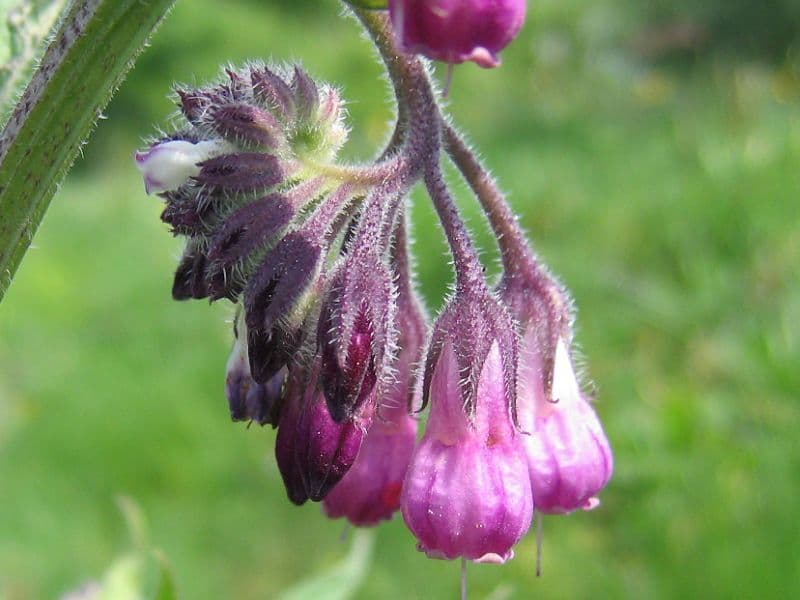
Comfrey can grow in full sun to partial shade, meaning it needs at least three hours of direct sunlight on most days. In the warmer parts of its growing zones, plant it where it will get shade from the strong afternoon sun.
Temperature and Humidity
Comfrey is hardy both to the extremely cold and hot temperatures within its growing zones. It will die back in the late fall once frost and freezing temperatures have arrived. But the roots will remain, and the plant will come up again in the spring. Humidity typically isn’t an issue for comfrey as long as adequate soil moisture is maintained.
Watering
Comfrey plants like an even amount of soil moisture. They have some drought tolerance once they’re established but prefer at least a moderate level of water. Be sure to keep the soil of young plants consistently moist but not soggy. Water mature plants whenever the top inch or two of soil begins to dry out.
Soil
The plant can tolerate a wide range of soil conditions, including clay soil and somewhat sandy soil. But it prefers organically rich, loamy soil that has good drainage. A slightly acidic to neutral soil pH is ideal, but it can tolerate slightly alkaline soil as well.
Fertilizing
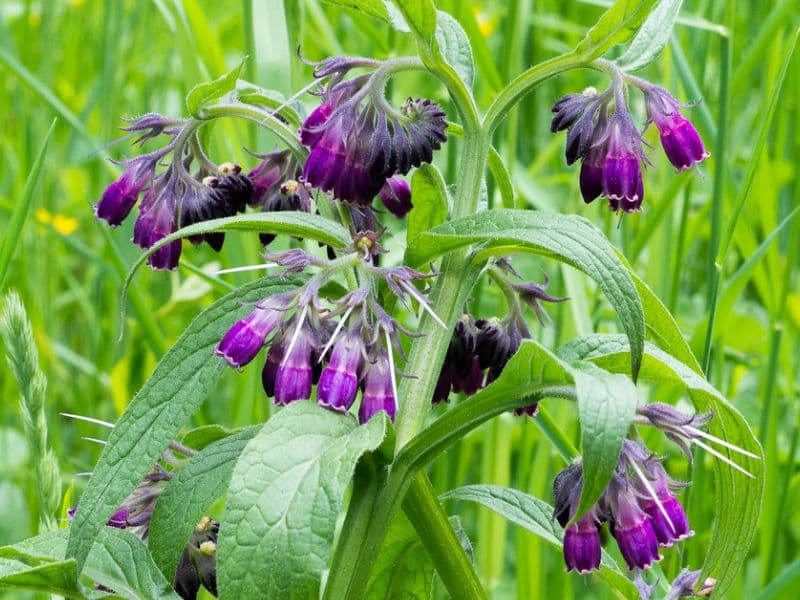
The best feeding regimen for comfrey is to provide regular organic amendments to the soil, such as a layer of compost applied each spring. Added nitrogen is not necessary because very long roots draw nutrients—nitrogen, phosphorus, potassium, and micronutrients like calcium and magnesium—from the soil.
Pruning
In the second year of the plant’s life, cut comfrey back to about 6 inches above the ground during the winter dormant period. Do this after the plant has flowered. This will encourage new growth. In the later years, you can prune back the stalks but not as severely.
Propagation
Propagating comfrey from root cuttings is simple and generally successful. Here’s how;
- Once the plant has gone dormant, remove soil around the base to expose some roots. Trim off 2- to 6-inch pieces of the root.
- Plant the pieces horizontally in a new location, about 3 inches deep. Plant them less deep in clay soil, deeper in sandy soil.
- Keep the soil consistently moist (but not soggy) until you see growth.
How to Grow From Seed
Comfrey can be grown from seed, but it requires a winter chilling period to germinate. It’s also not unusual to sow the seeds and not see any germination for two years. Therefore, it’s more common to propagate the plant from root cuttings.
Potting and Repotting
Though you can grow comfrey from cuttings for the first season in a small container, this is a plant that needs garden soil to thrive. When the cutting has established well in a container and is flourishing, take it outdoors and plant it in the appropriate place.
Overwintering

When the plants die back in the winter, cover them with a heavy layer of mulch or manure. This will protect the roots from truly cold temperatures and give them a boost for the coming year.
Pests and Diseases
Comfrey plants generally do not have any serious issues with pests or diseases. One disease, comfrey rust, can overwinter in the roots and weaken the plant’s growth and flowering. However, it is not common in most areas. Slugs and snails also might damage the foliage, but deer tend to leave the plants alone.
III. Uses and Benefits
- Ornamental uses
Comfrey (Symphytum officinale) is a perennial flower that grows in clumps naturally along riverbanks and in grasslands. It also can be a nice addition to a wildflower garden and container plantings.
- Traditional medicine
In folklore, Symphytum officinale roots were used in traditional medicine internally (as a herbal tea or tincture) or externally (as ointment, compresses, or alcoholic extract) for treatment of various disorders. John Gerard, an English herbalist (1545–1612), mentions “the slimie substance of the roote made in a possett of ale” would help back pains. Poultices may be used with the intent to heal broken bones, giving it the name “knitbone”.
IV. Types of Comfrey
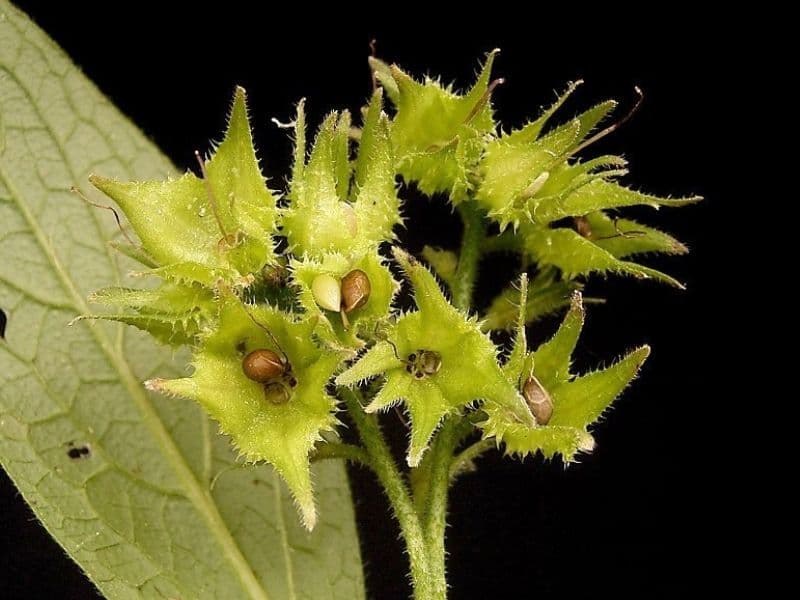
Multiple related species also use the common name comfrey, including:
- Symphytum caucasicum: This plant is commonly referred to as “Caucasian” comfrey or blue comfrey for its flowers that start pink but then transition to a bright blue.
- Symphytum grandiflorum: Known commonly as large-flowered comfrey, this plant features showy cream to white blooms.
- Symphytum x uplandicum: Also known as “Russian” comfrey, this sterile hybrid can grow up to 6 feet tall and sports violet flowers. Despite a name that affiliates it with a country far away from the U.S., this is the comfrey most often found in American gardens.
- Symphytum x uplandicum ‘Axminster Gold’: A pretty hybrid with large, banana-shaped leaves that are green and yellow.
Find Where to Buy the Best Common Comfrey (Symphytum officinale)





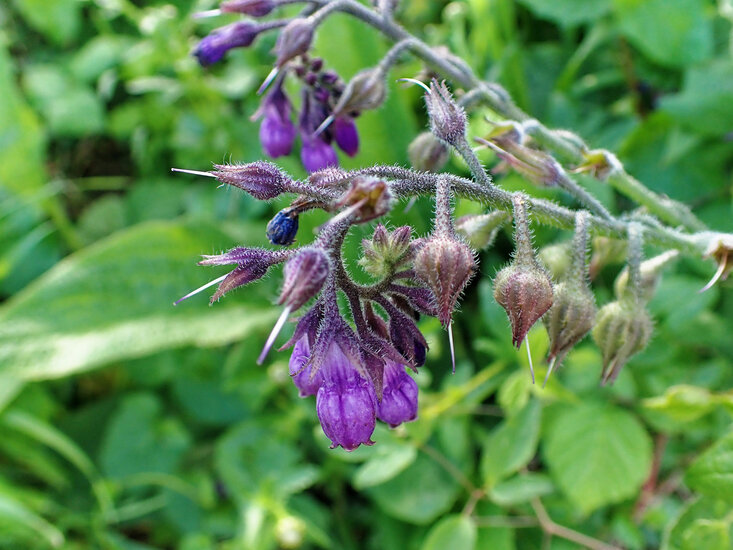
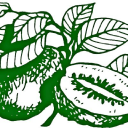



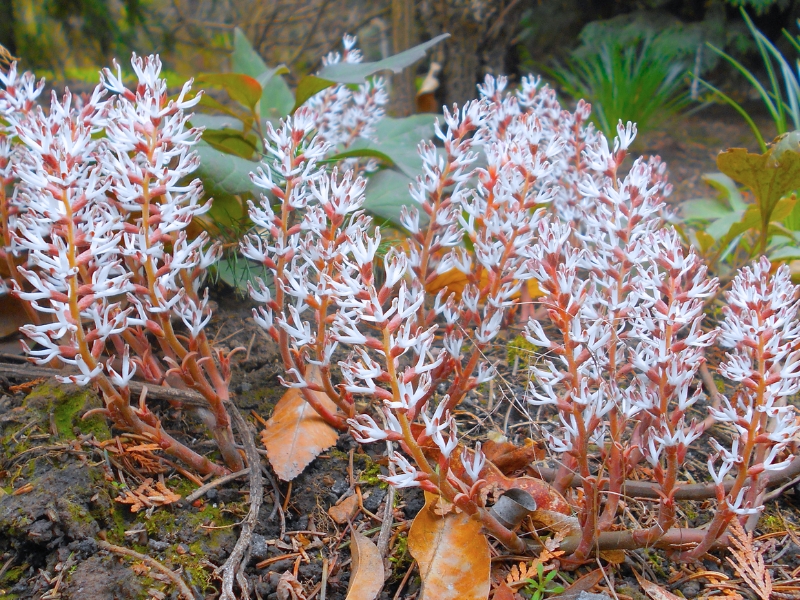

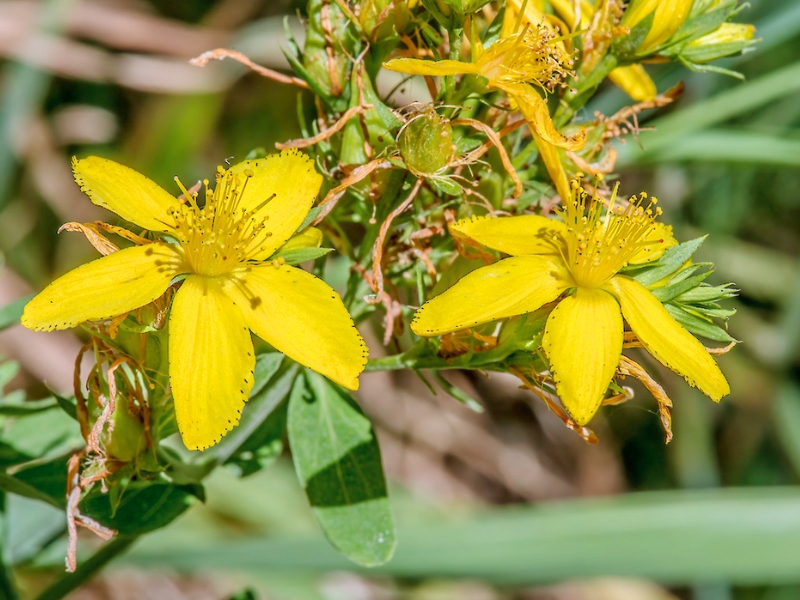
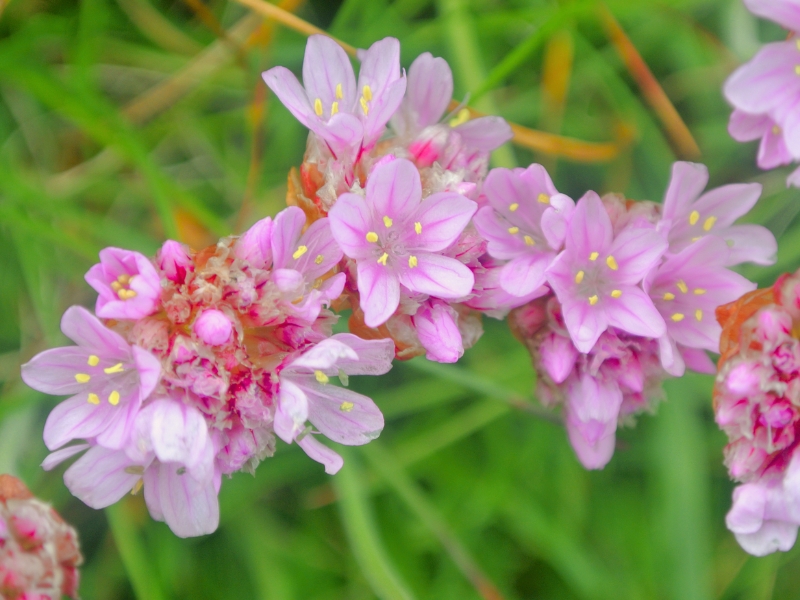
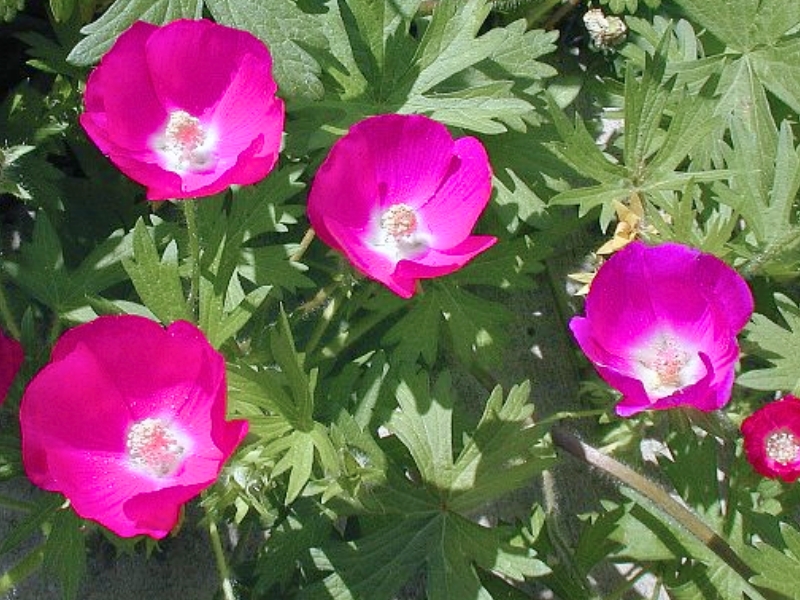
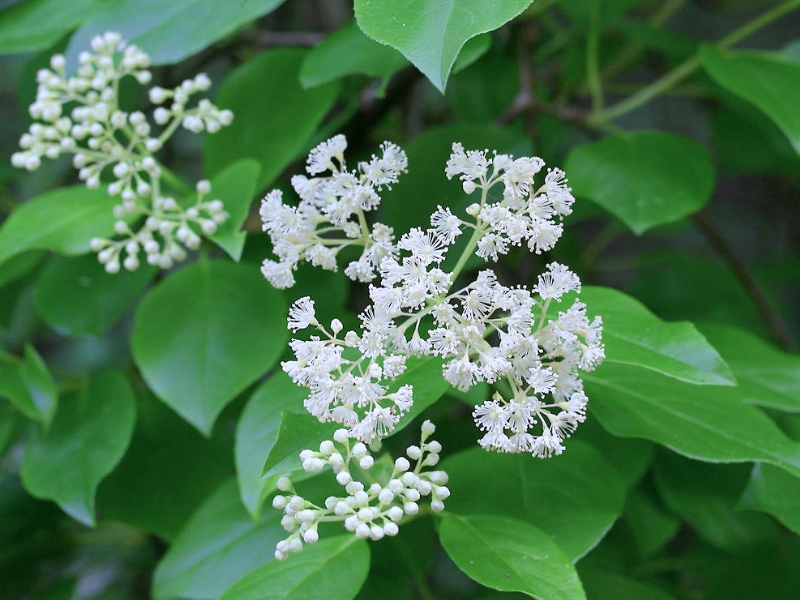
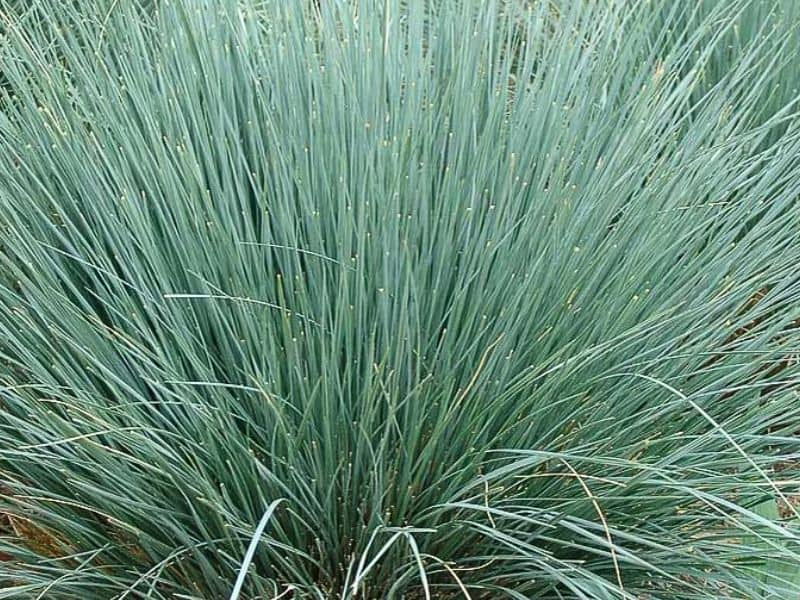
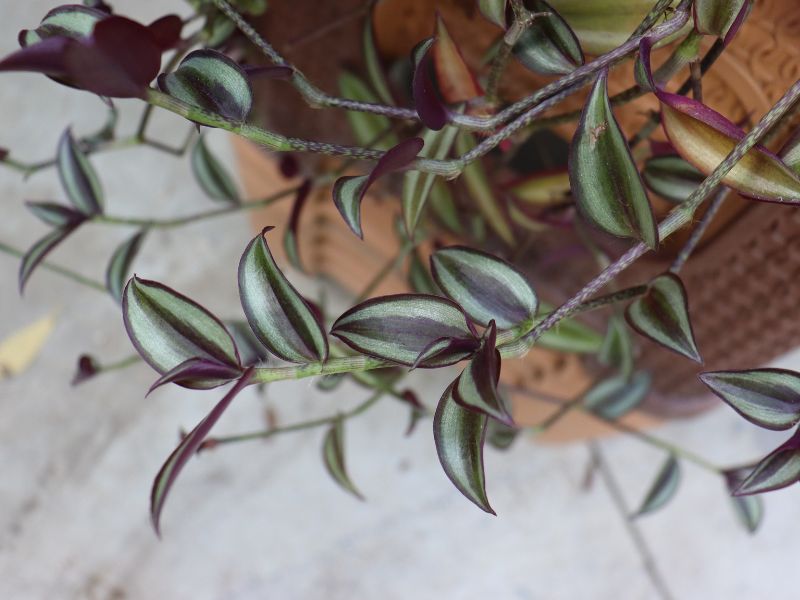
Leave a Reply